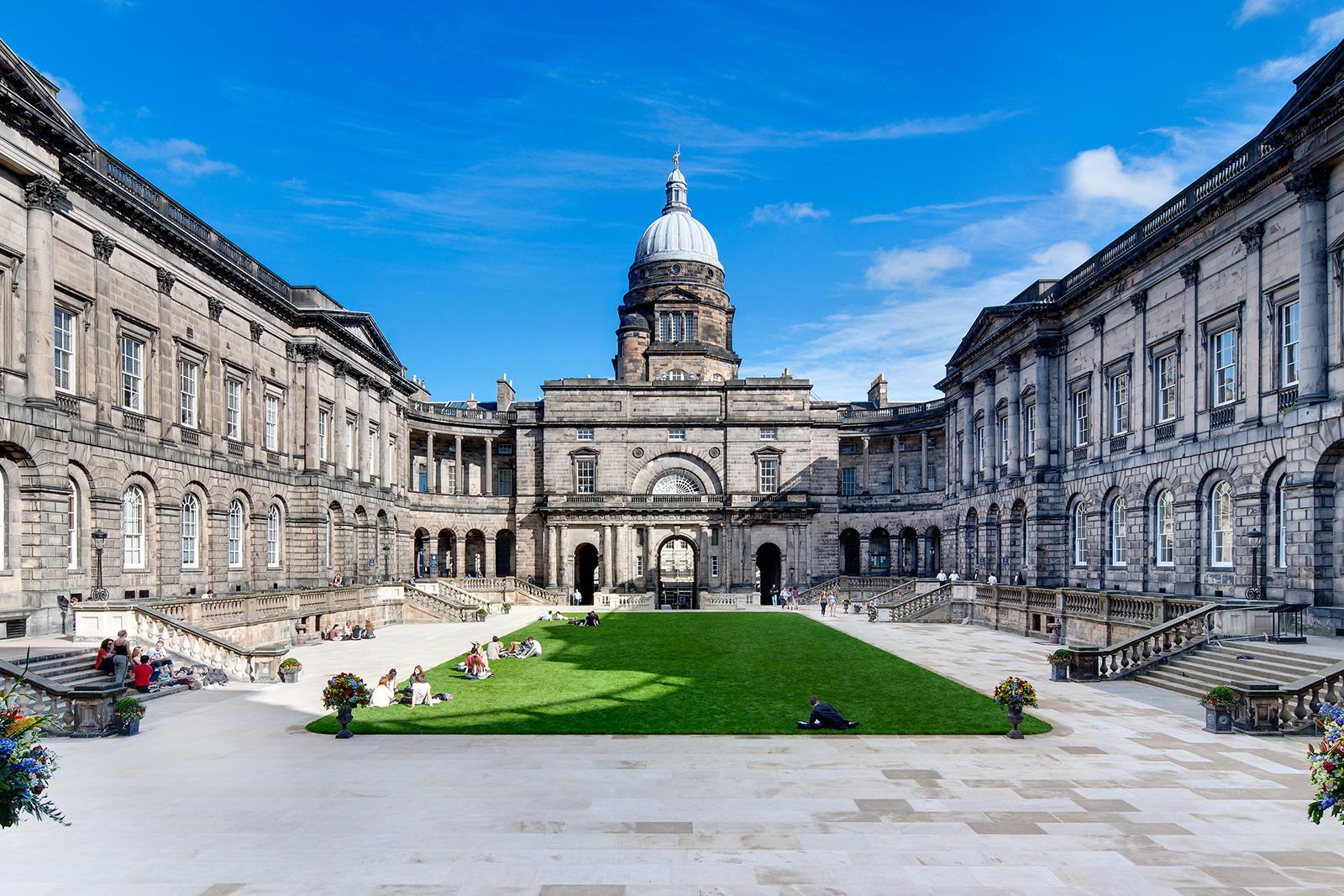Our project is all about raising the public profile of the University of Edinburgh’s Art Collections. While we certainly hope that our digital exhibition is engaging and appealing to as many communities as possible, as this is a small exhibition with a tight schedule we wanted to focus on one particular audience to ensure more meaningful engagement with that group as well as make it more manageable within the strict launch deadline. As a result, we decided to create our exhibition with the wider university community as our main target demographic – while the University has fantastic collections, there may be many individuals within the institution who have no idea it exists or what is available, and we wanted to highlight that the CRC has a wealth of material that can be used for teaching, research and enjoyment by those who work and study here.
However, in order to make an exhibition with this audience in mind we had to consider what the term “university community” actually means. Often, we associate the “university community” with the more visible, academic groups, such as students and academics. However, there may be some students within the university whose voices are not well represented, such as mature students or part-time students, who are a valuable contribution to our University community but often get overlooked. Similarly, a significant number of individuals who work at the university – such as those in security or administrative work – that are often doing behind the scenes work but are nevertheless integral to the smooth day-to-day running of the University, and their work often goes unrecognised; for one, they are often not invited to contribute to student-led initiatives such as this exhibition project.
As such, we thought that it was crucial to seek out the perspectives of members from all different areas of the university community in our project, and to do this we decided to use a co-curatorial model. For our exhibition, we recruited eight individuals who are part of the university community – someone who works in Estates, a lecturer, a curator, and six students who were a mix of undergraduate and postgraduate, part time and full time – to choose their favourite artwork from a selection of pieces from the University’s collections for us to display in our digital exhibition.
While this is only a very small proportion of the plethora of perspectives here at the university, I am very proud of the fact that we went with a co-curatorial model and that we tried to seek out members of the university community who come from a range of backgrounds. I think all members of the university community should feel represented and welcomed in the university’s heritage collections, and hopefully projects like this will encourage otherwise underrepresented university groups to feel like they can work with the CRC in the future.



Leave a Reply